Subscribe for Access
Discover how AI can transform your B2B sales strategy with second-party data. Learn from Bob Moore about the 2x2 matrix of AI data and why feeding AI the right information is key to unlocking its true potential.
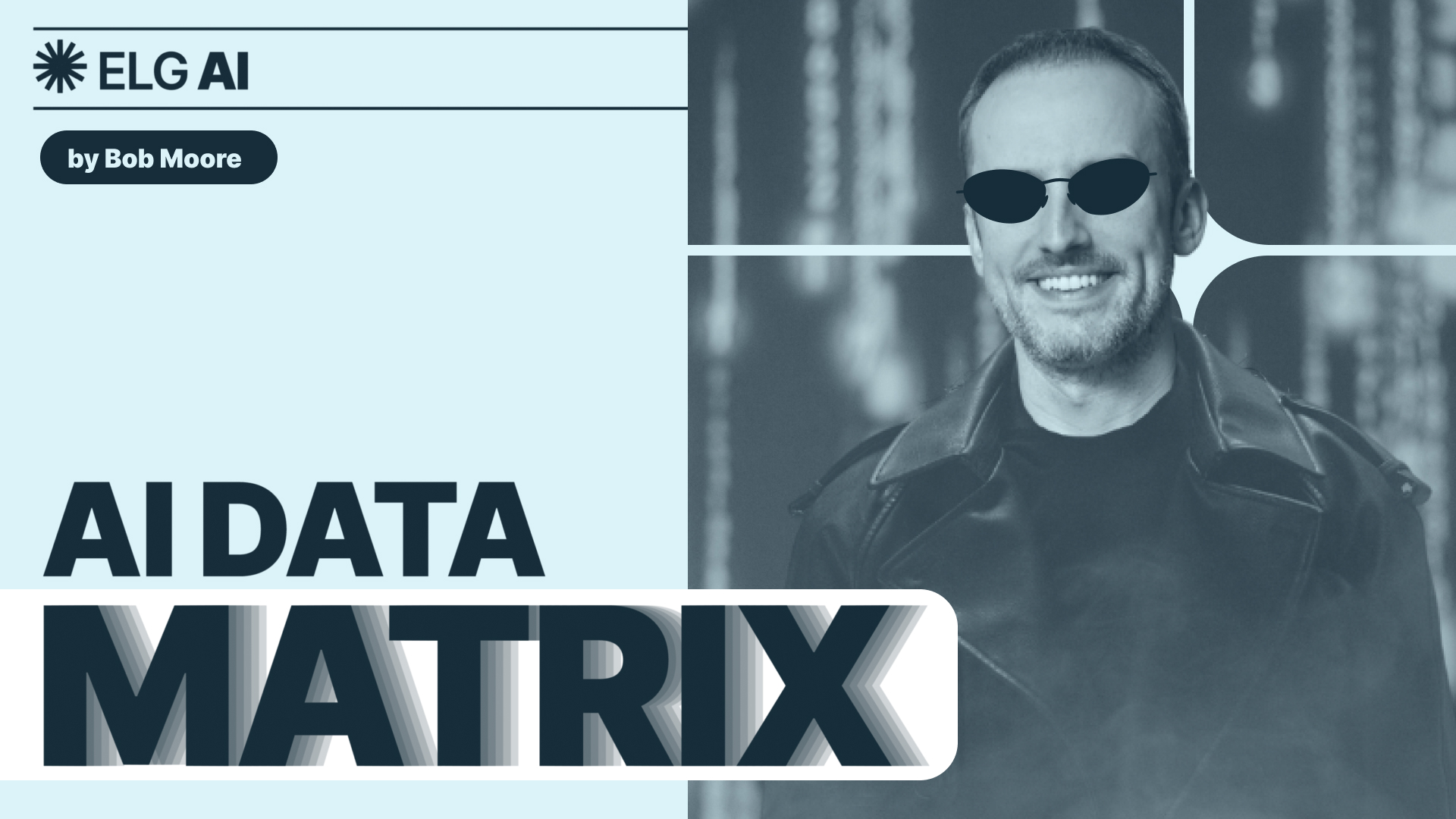
If you’re building AI agents to power your team’s work, you need to stop thinking about AI like a productivity hack and start thinking of it as a partner strategist. And like any good strategist, its impact is only as strong as the intelligence it’s fed.
If you read my book, you know that I’m a sucker for a good 2x2 matrix. The realm of AI is no exception. In fact, the single most important framework I’ve used this year to explain what’s going on in the AI landscape and across the B2B industry is the 2x2 matrix of AI data. It is my most requested slide of 2025.
This simple matrix helps teams (and Crossbeamers) understand exactly why their AI tools and agents are hitting ceilings, and where the leverage lies to break through.
The 2x2 matrix: Commodity vs. proprietary, actionable vs. self-referential
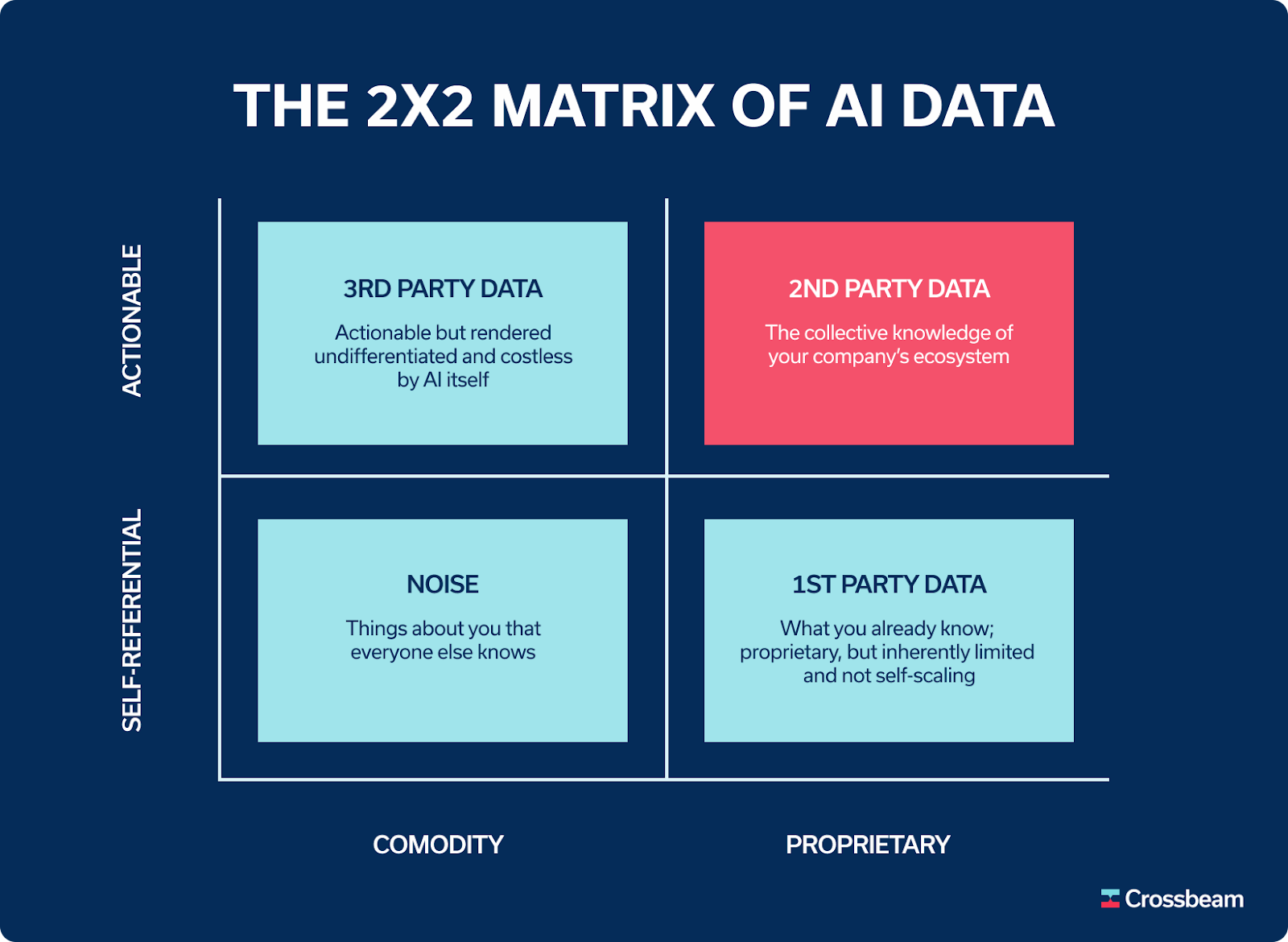
All the data you feed into your AI agents can be plotted along two axes:
- Commodity vs. proprietary: Can anyone get this data if they’re willing to pay for it or scrape the web? Or is it locked behind your walls, unique to you?
- Actionable vs. self-referential: Does this data uncover new opportunities and expand your market? Or is it just processing and resurfacing things you already know?
Put those on a grid, and here’s what you get:
- Bottom left (commodity + self-referential): It’s basically noise. Think: stale leads in your CRM or IP addresses of anonymous web traffic. Everyone has it and not everybody needs it.
- Top left (commodity + actionable): Better known as third-party data. It’s publicly available lists with information like job titles and firmographics, the kind of stuff you buy from a broker. It’s actionable, sure, but it’s not unique since people can “easily” access it.
- Bottom right (proprietary + self-referential): This is first-party data like your own product usage stats, website forms, active CRM records. This type of data is only yours, but it’s only telling you what you already know.
- Top right (proprietary + actionable): The crown jewel, second-party data. It includes shared partner data that reveals new opportunities you wouldn’t know otherwise. It’s unique to your ecosystem, dynamic, and it changes the game and now it comes through account mapping with AI.
Enter second-party data: The AI superpower
Second-party data is both proprietary and actionable. That’s what makes it so powerful. It’s the rare kind of intelligence that’s not publicly available, yet instantly useful. This is the data AI agents crave — not scraped, sold, or generic, but shared directly from trusted partners. It tells you what’s happening inside accounts you don’t yet own, but absolutely should.
The good news is that obtaining data like this doesn’t require you to build or overhaul your current systems. This is account mapping. This is Ecosystem-Led Growth (ELG). And this is where your sales and ecosystem AI strategy either flies or falls.
At Crossbeam, we’ve spent years helping companies build this data layer and now we’re feeding it into AI. When you combine partner overlap data with first-party CRM insights, you unlock capabilities that are genuinely new, like our new feature (now in Beta), Deal Alerts.
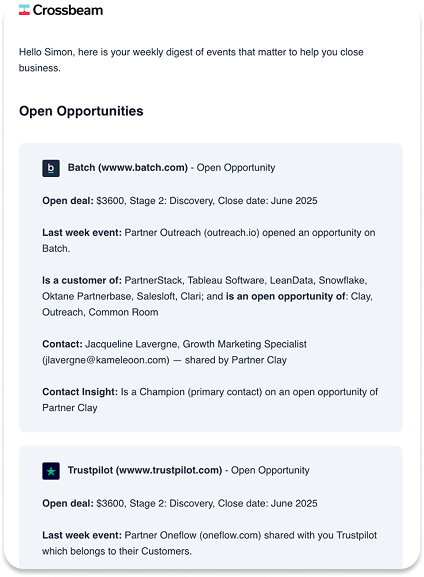
These are AI-powered signals that surface high-impact opportunities by analyzing things like:
- Overlaps with partners in your ecosystem
- Status of shared accounts (customer, open opp, churned, etc.)
- Movement in your CRM (new contacts, stalled deals)
Instead of your reps endlessly digging through dashboards or running reports, Deal Alerts show up directly in your inbox, flagged and explained by AI. They don’t just say what’s happening, they tell you why it matters now.
Think: “This opp stalled 30 days ago, but your partner just closed a deal with the same account. Here’s the contact.”
As Matt Nicosia, our Head of AI Operations, wrote in his breakdown of AI at Crossbeam, “We're building AI features that sit inside our products, see your ecosystem data, and suggest what to do next.” That’s exactly what Deal Alerts do, they take the guesswork out of go-to-market by letting your ecosystem do the talking.
Because, in the age of AI, your advantage isn’t the model, it’s the data — and second-party data is the one edge no one else can copy.
Why this matters now
We’re at a point where Large Language Models’ (LLMs) functionality is a commodity. The model doesn’t matter as much as the data you’re feeding it. And if you’re only giving it what’s already in your CRM, you’re going to hit a wall.
OpenAI and others are making it easier than ever to plug your AI into every data source you’ve got. But what you feed it matters more than how much, and most companies are missing the one quadrant that truly unlocks scale: partner ecosystem data.
As AI in B2B sales becomes table stakes, ecosystem data becomes your differentiator.
The ecosystem advantage
AI is no longer just a tool. It’s a channel — an agentic ecosystem, capable of scaling strategy, not just execution. And when you feed that ecosystem second-party data and Crossbeam AI data, you’re not just building smarter dashboards or tighter workflows. You’re creating connected intelligence across organizations.
“Integrated ecosystems with connected organizations, that’s the future,” as James Hodgkinson, SVP of Ecosystems at 360Insights, put it in our recent webinar.
I couldn’t agree more.
Curious how we’re using AI at Crossbeam to power smarter go-to-market strategies?
Book a meeting with our team to learn how we’re leveraging AI internally and how features like Deal Alerts turn ecosystem data into real revenue.
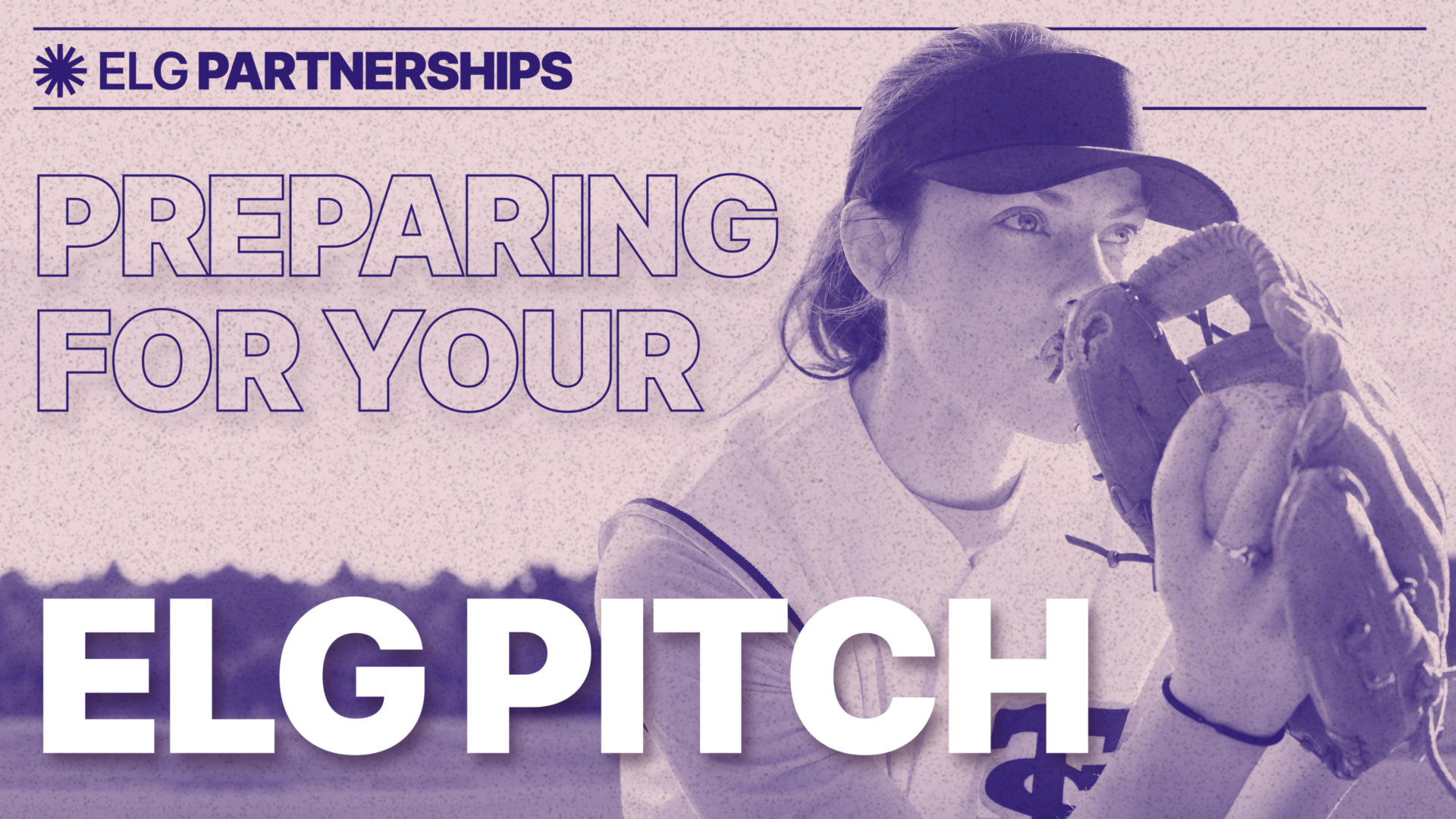
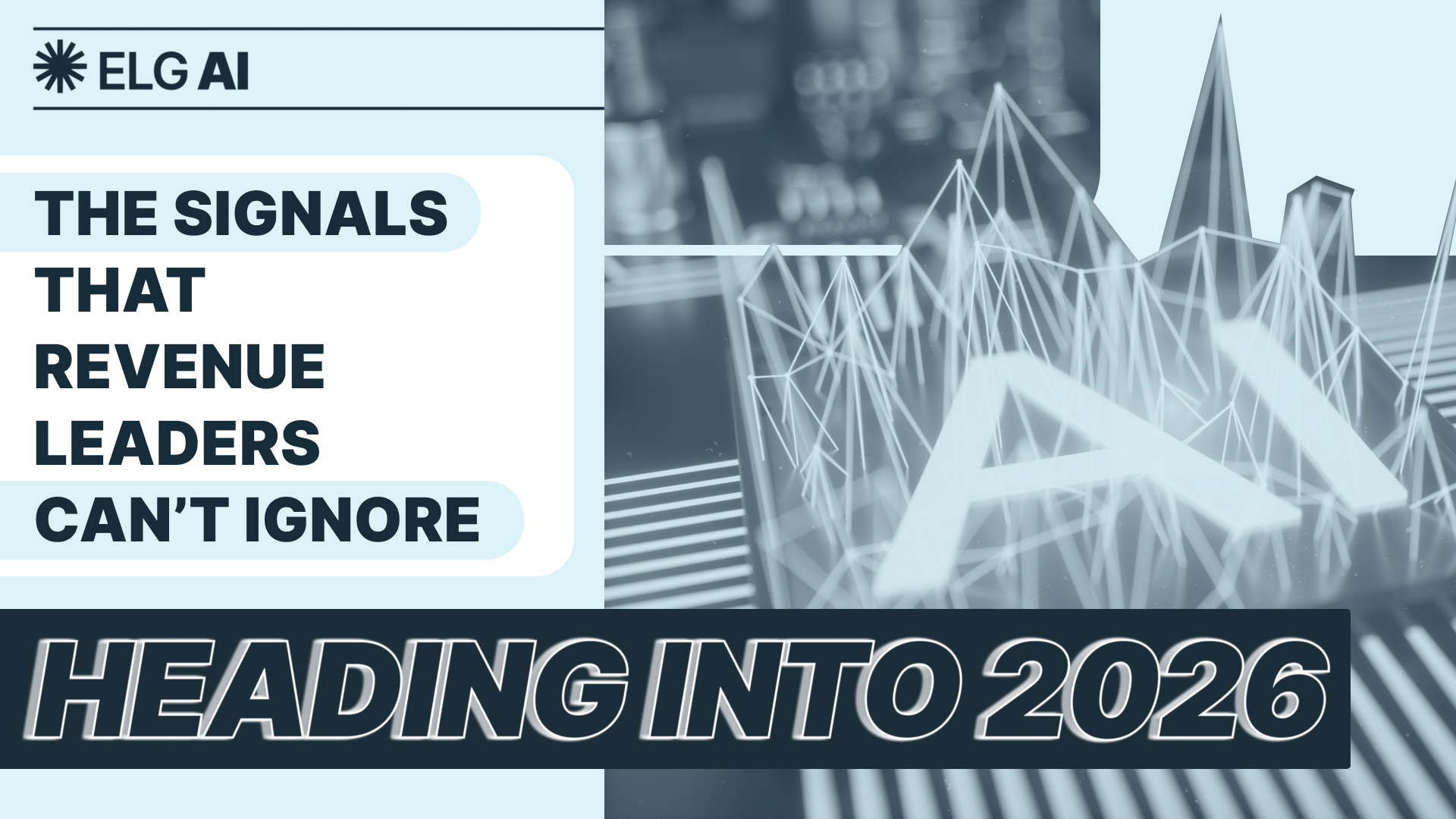
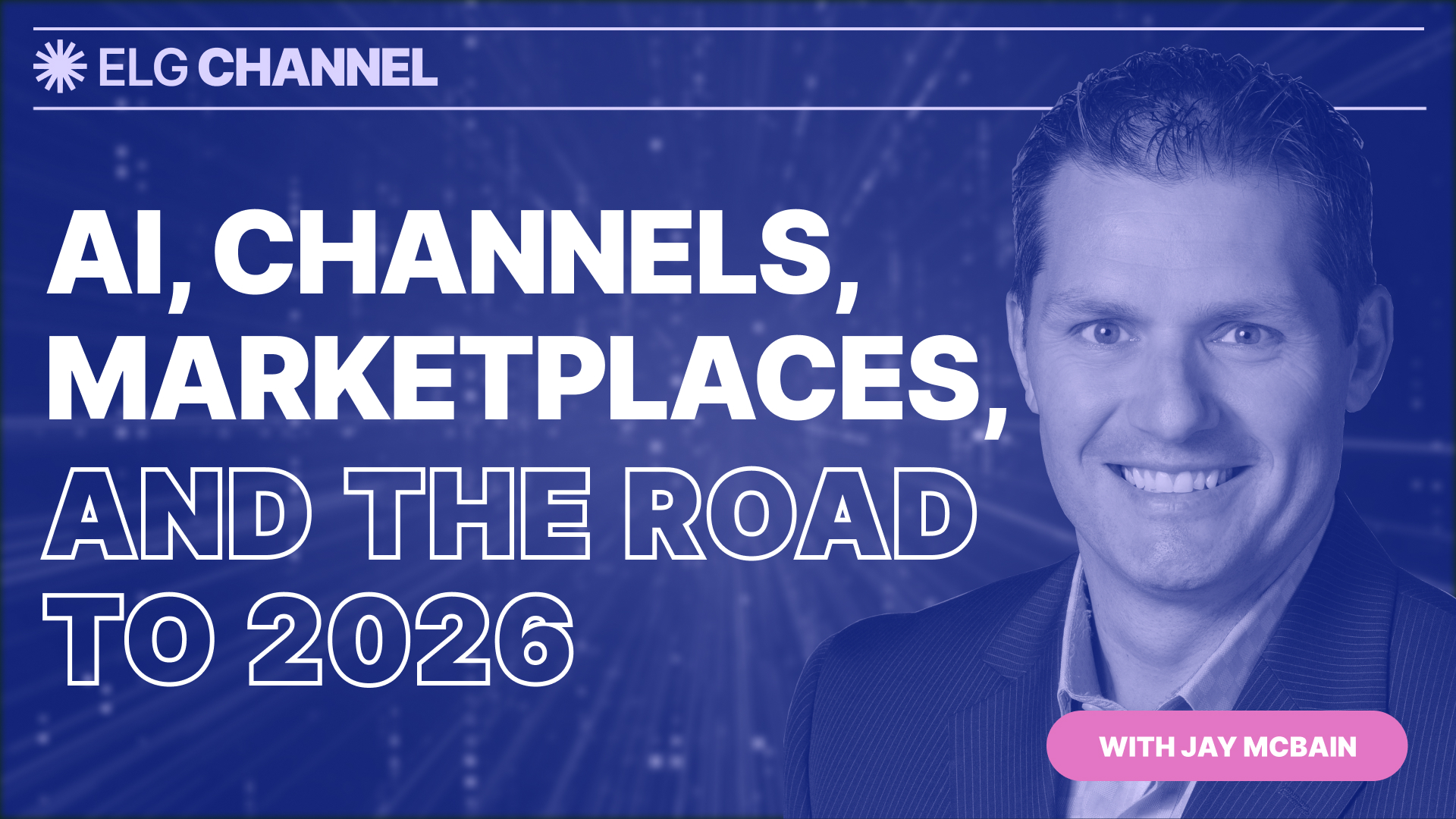

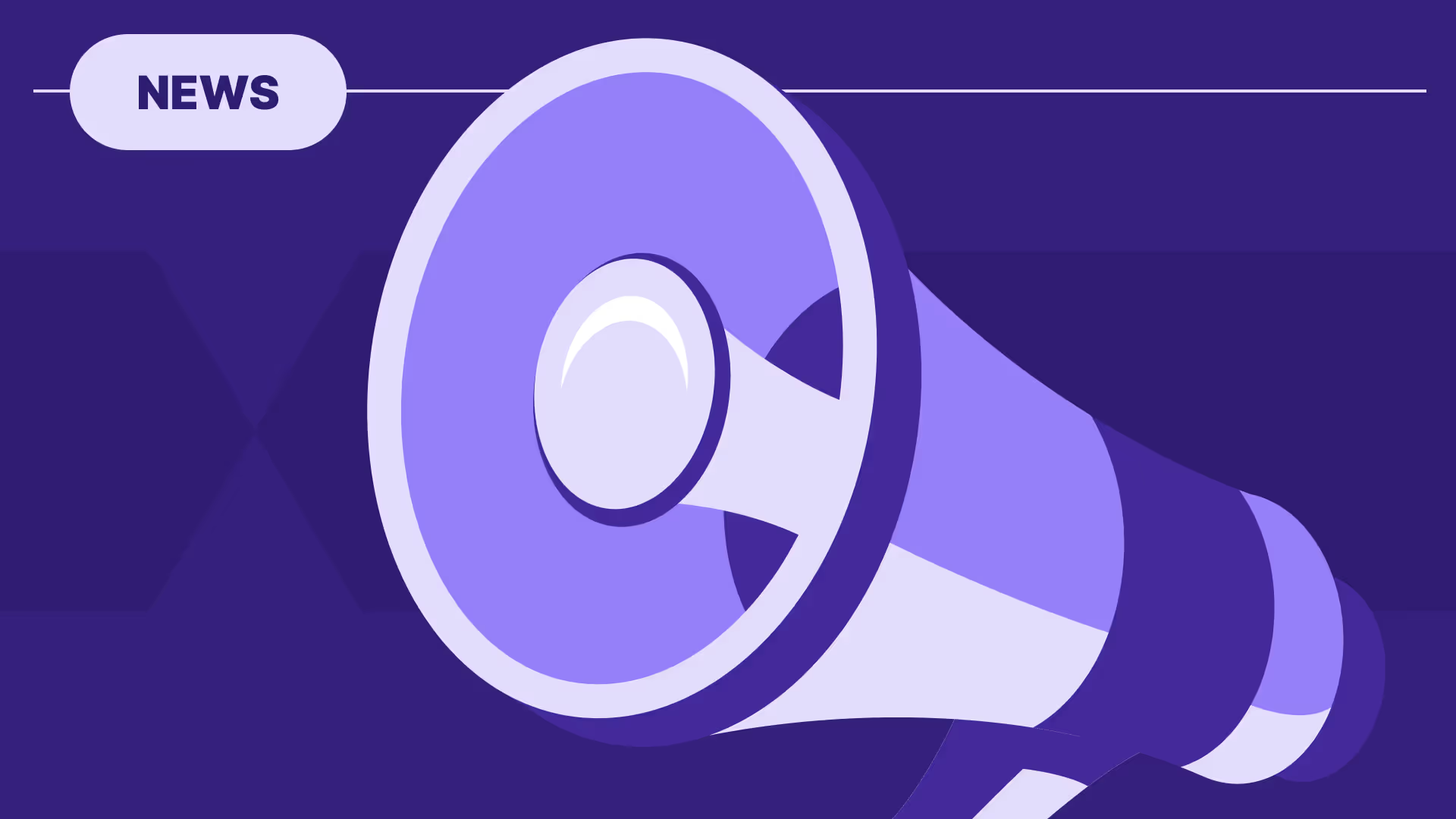
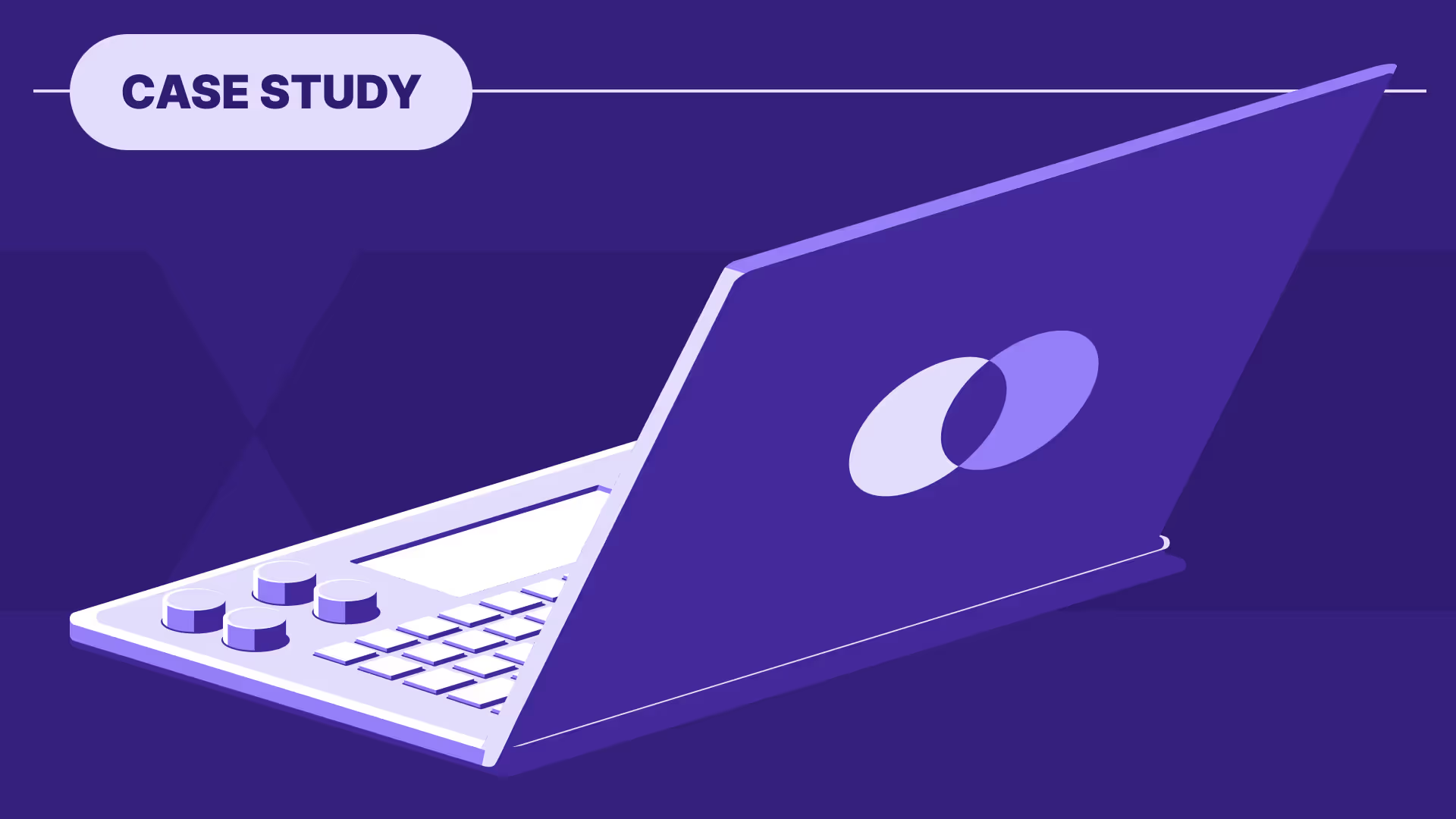
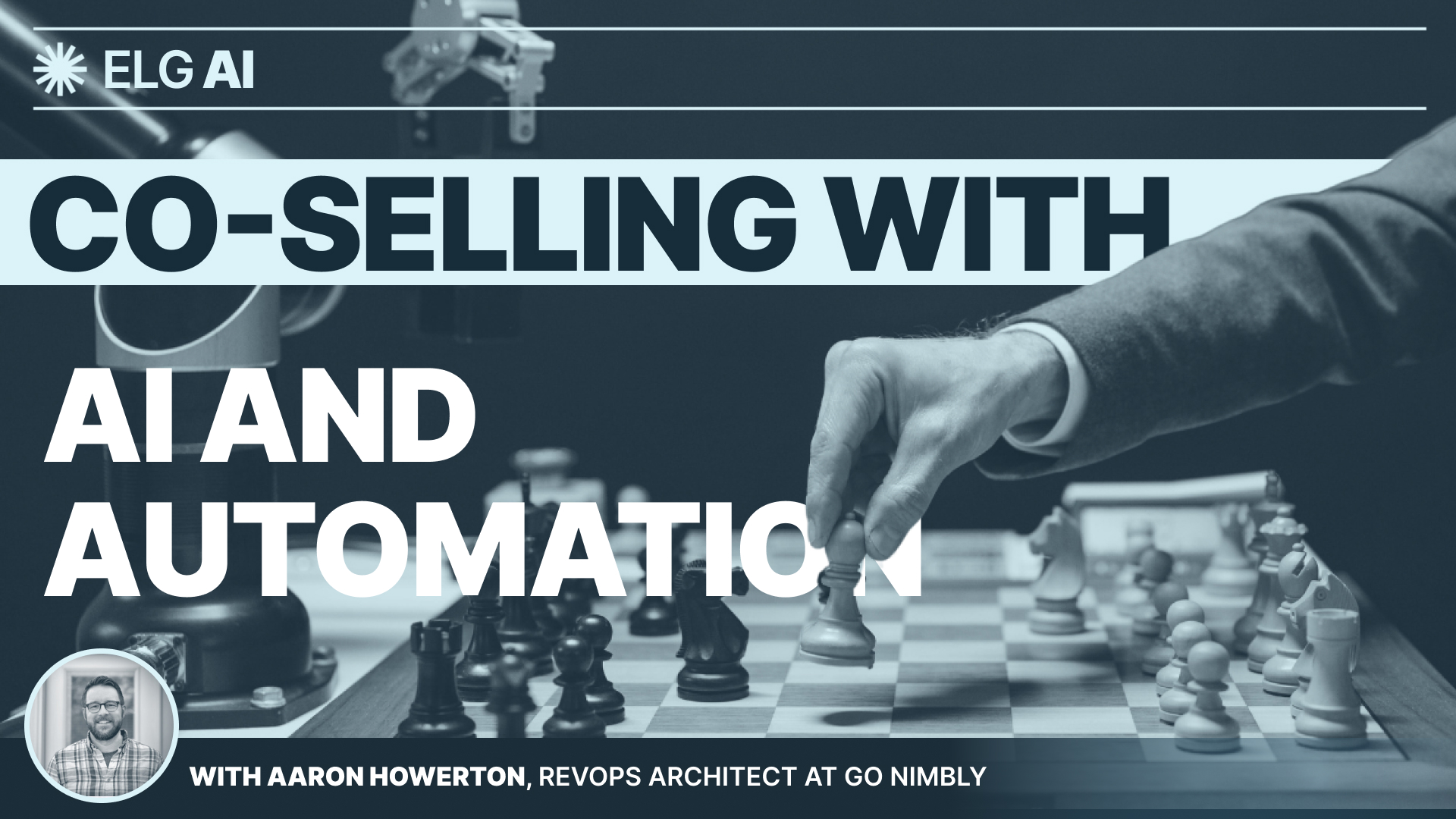
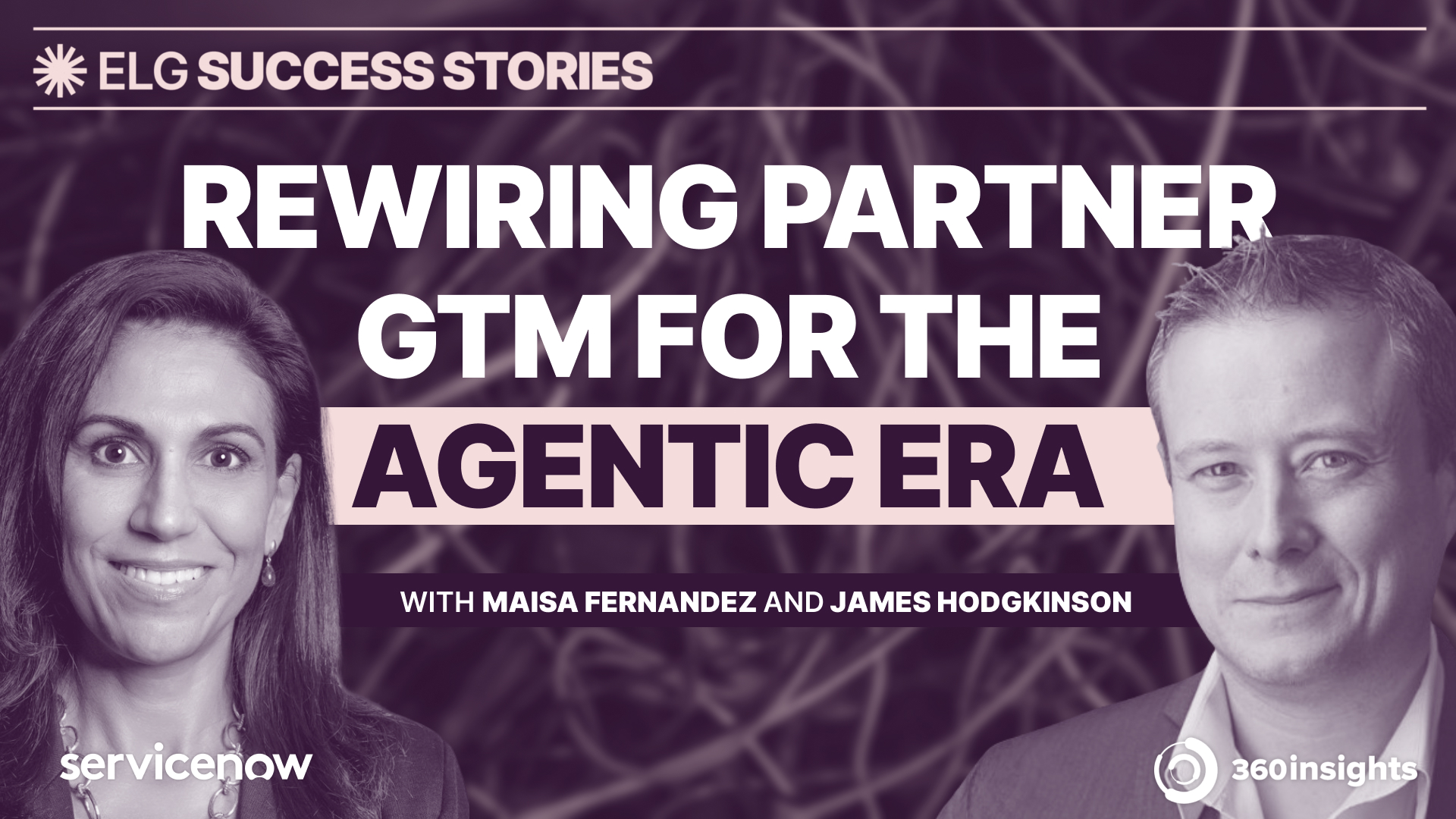
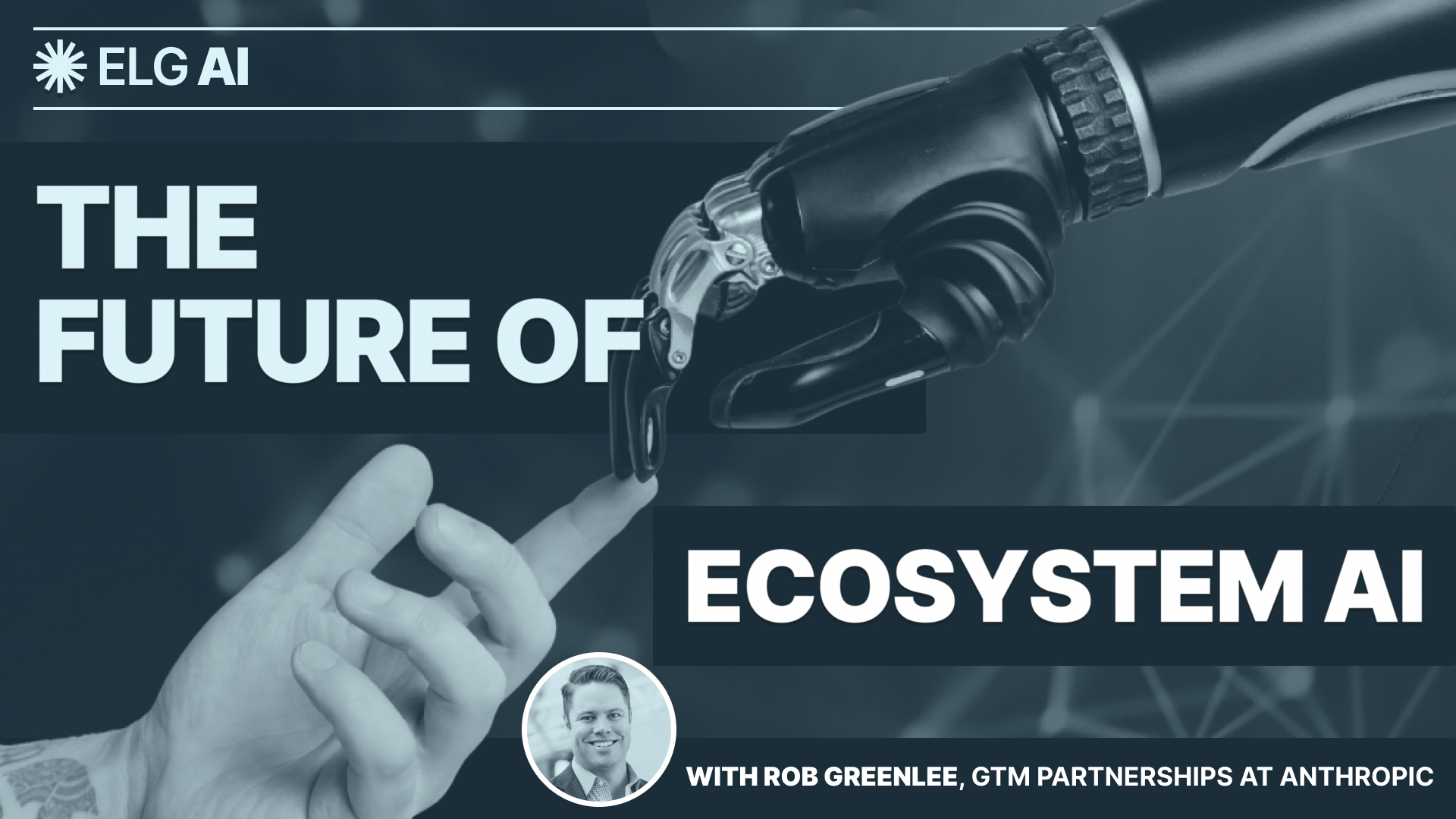
%20(1).jpg)
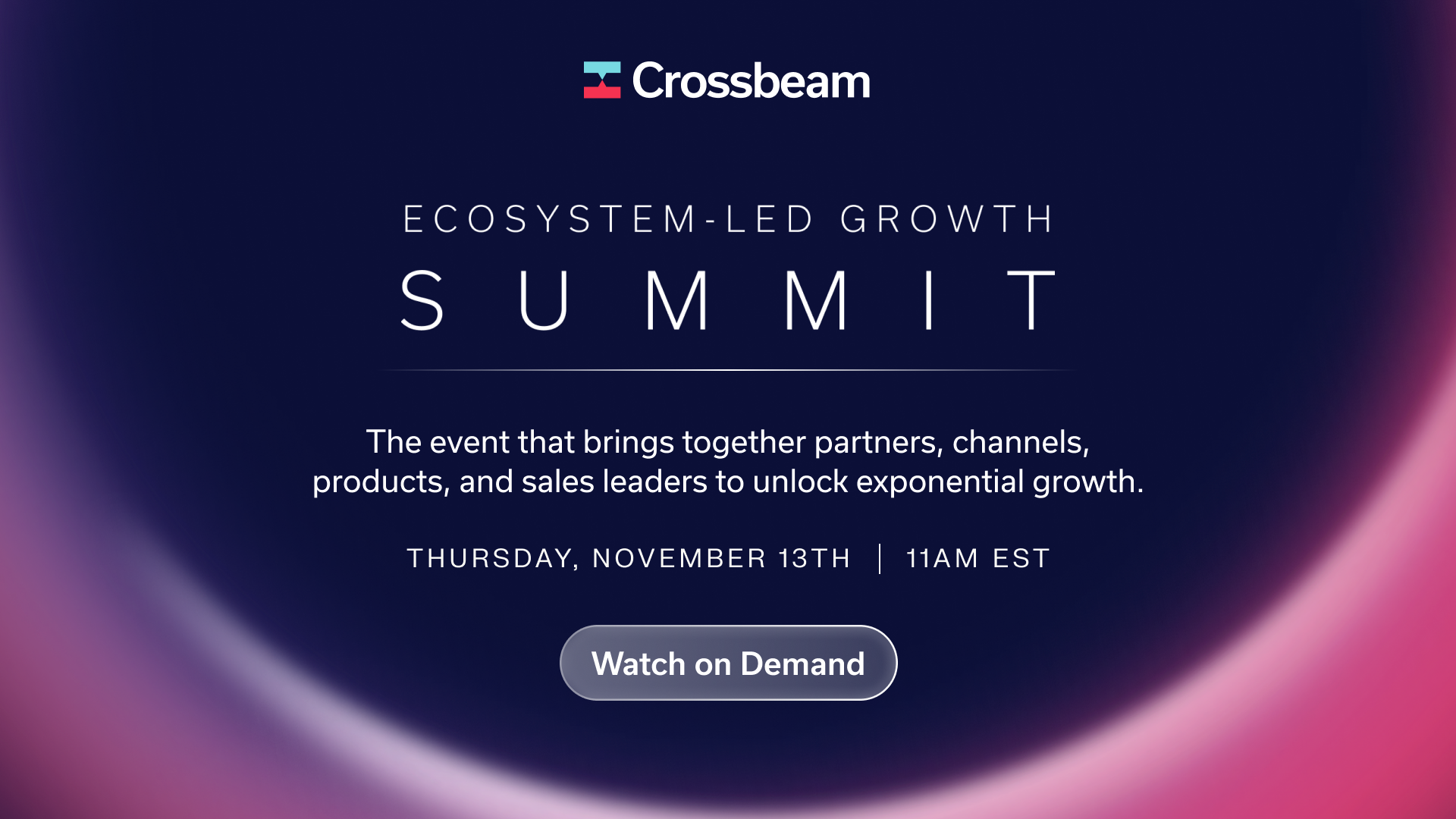

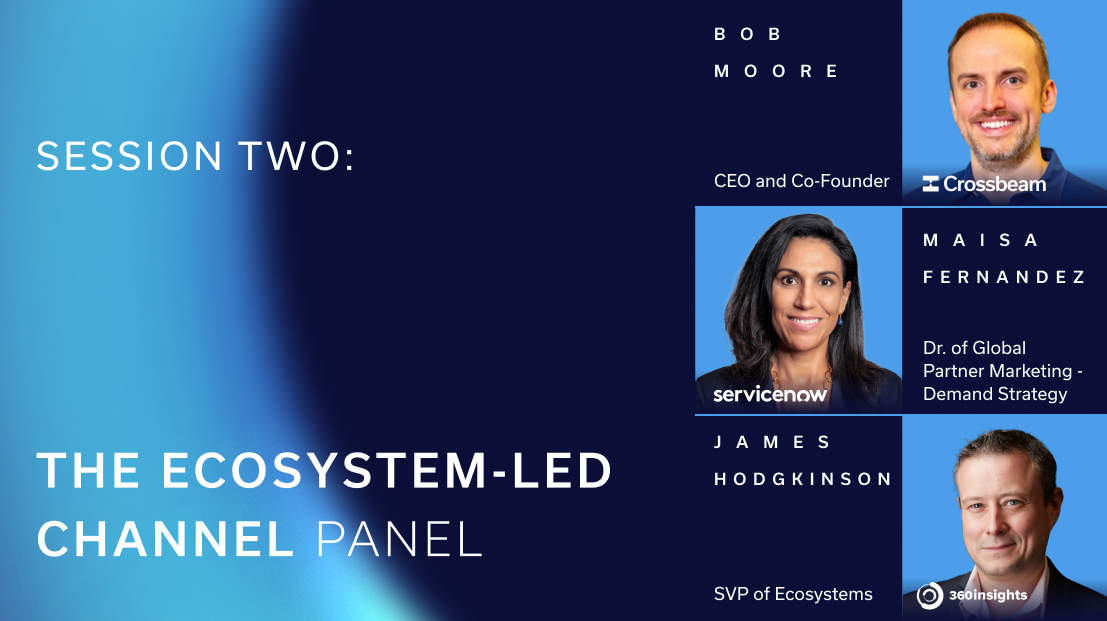


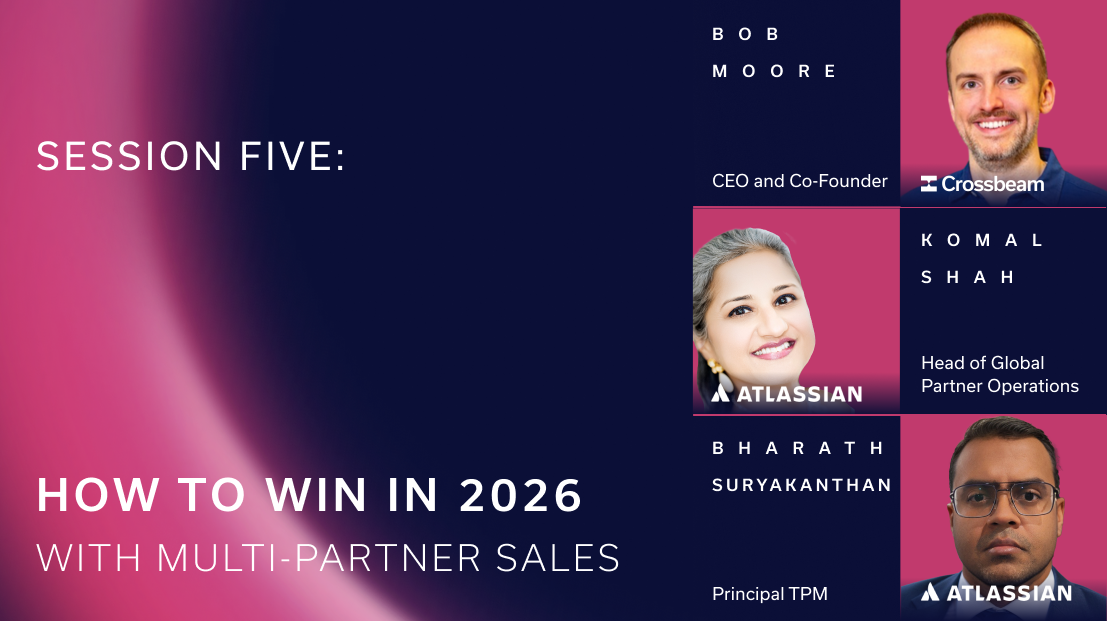
.png)
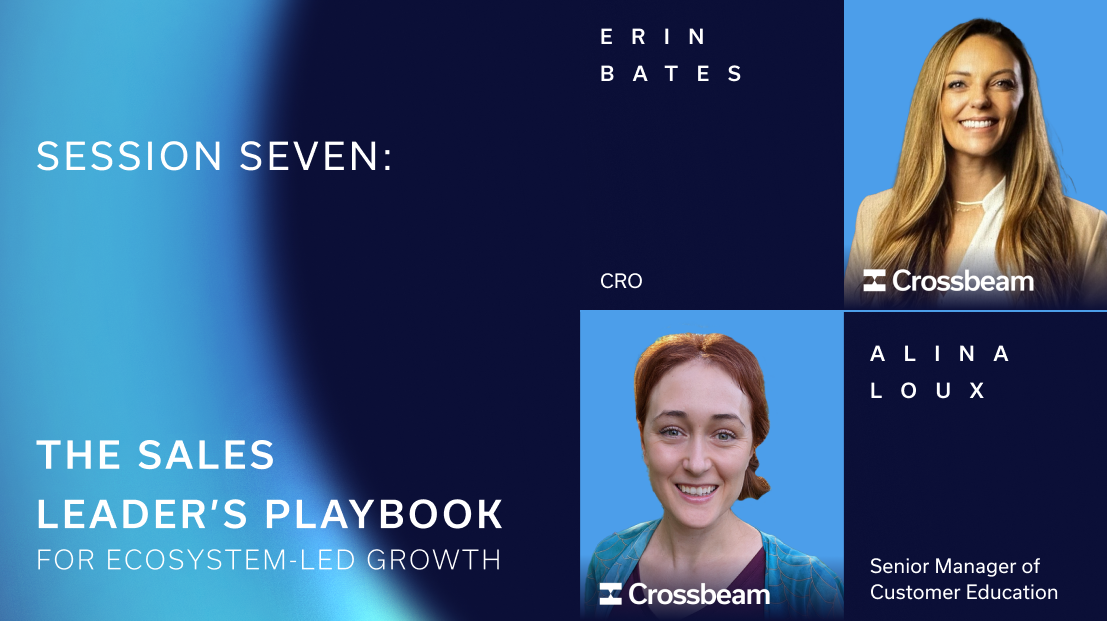


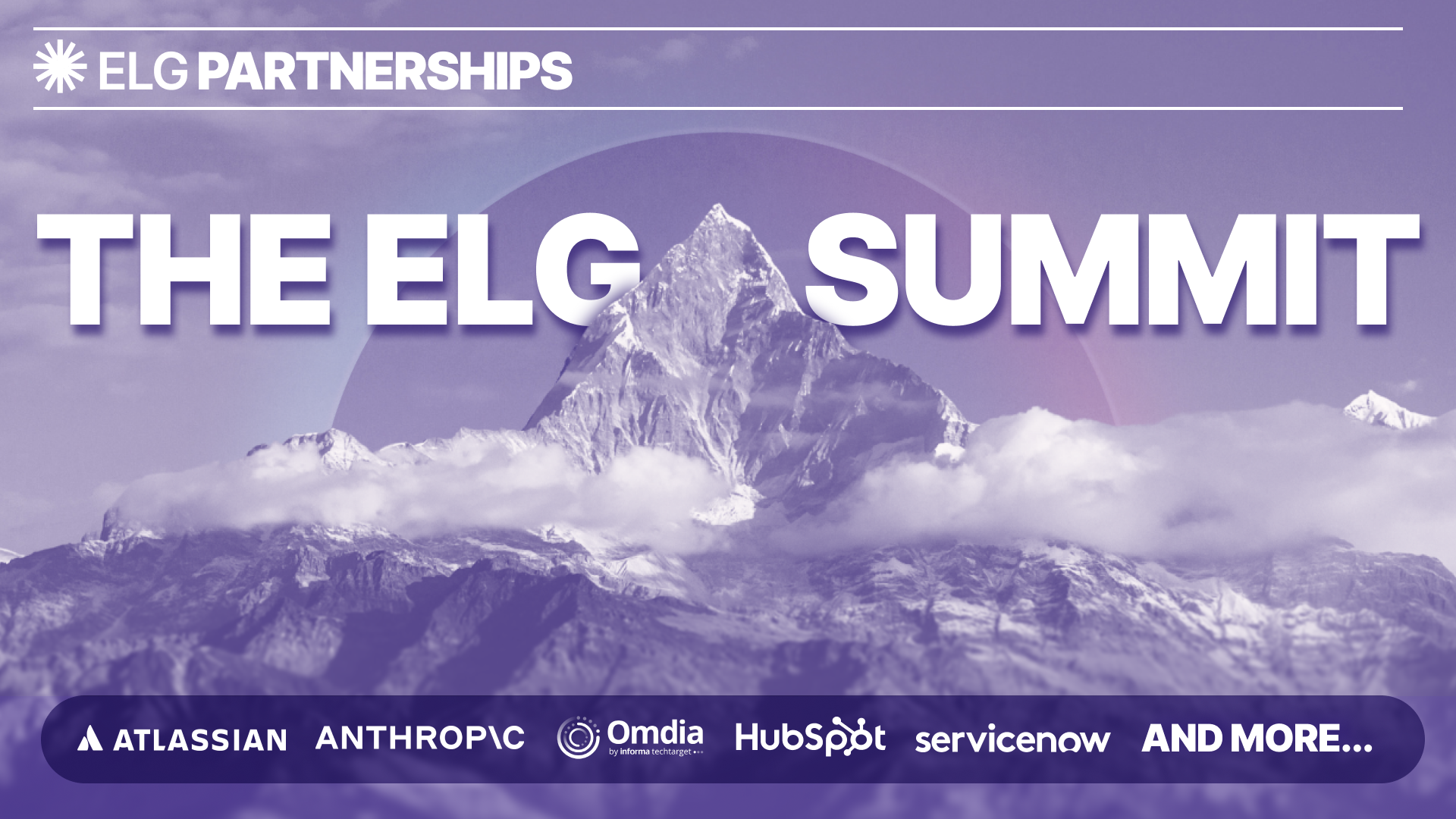

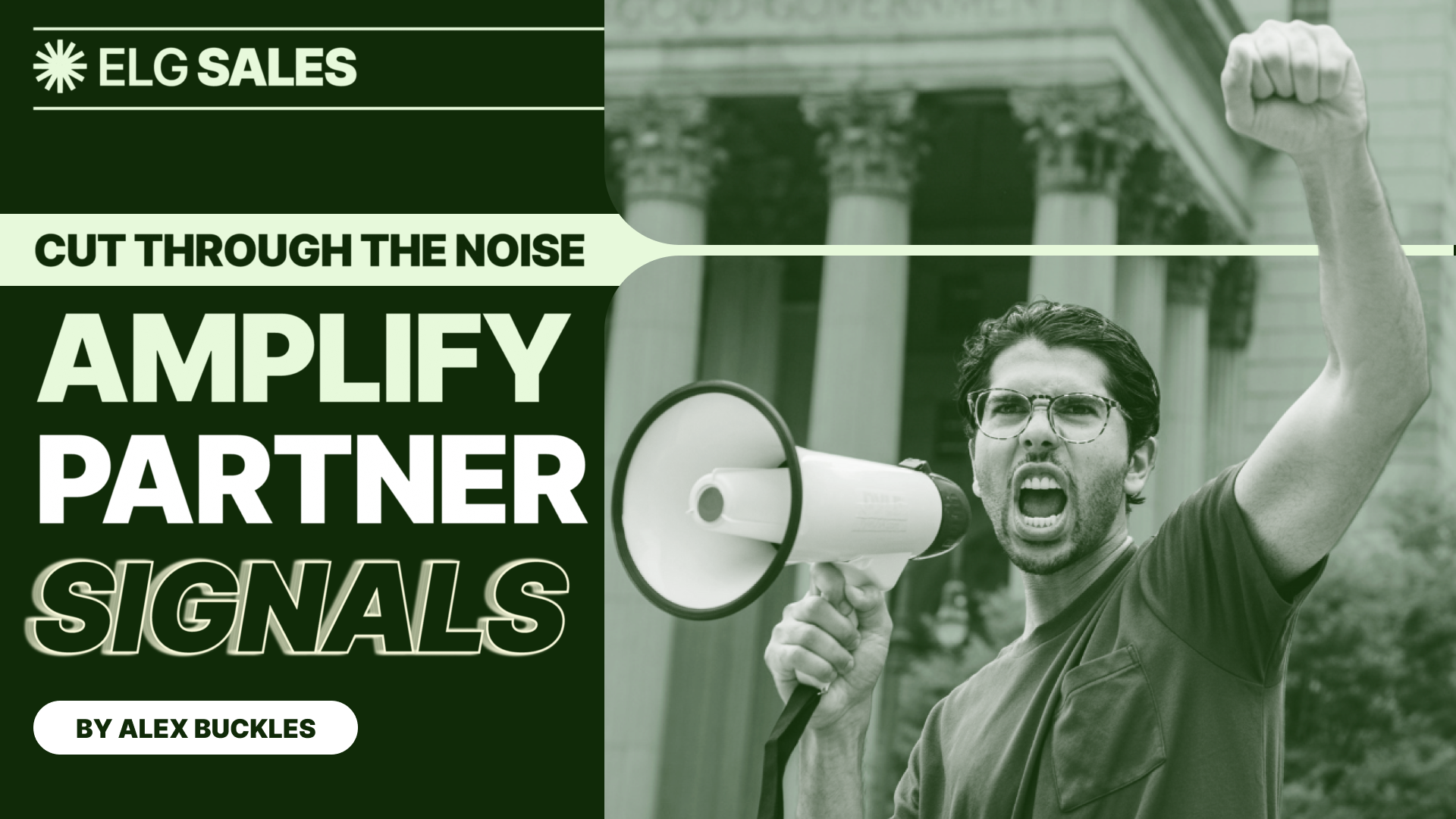
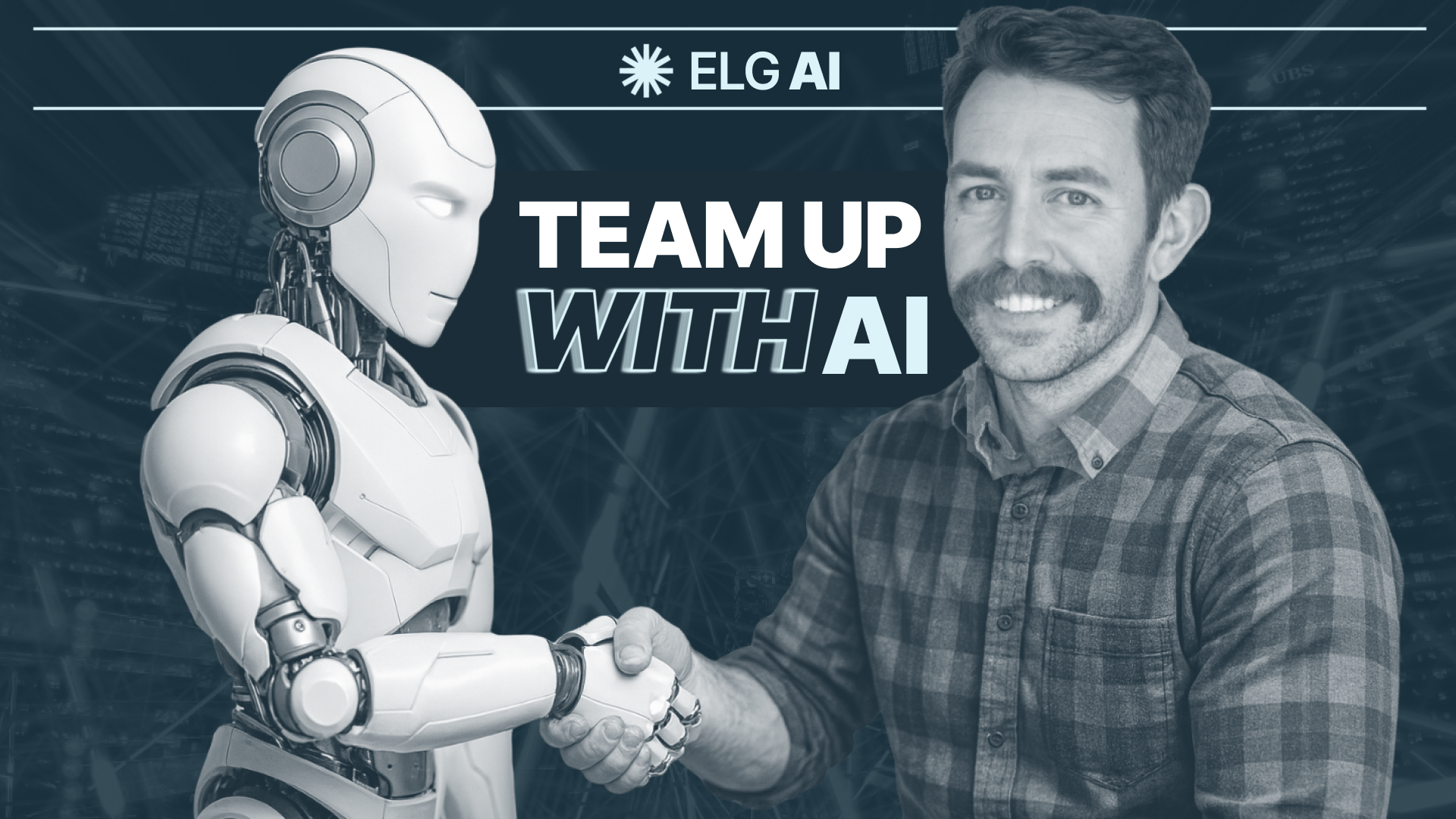





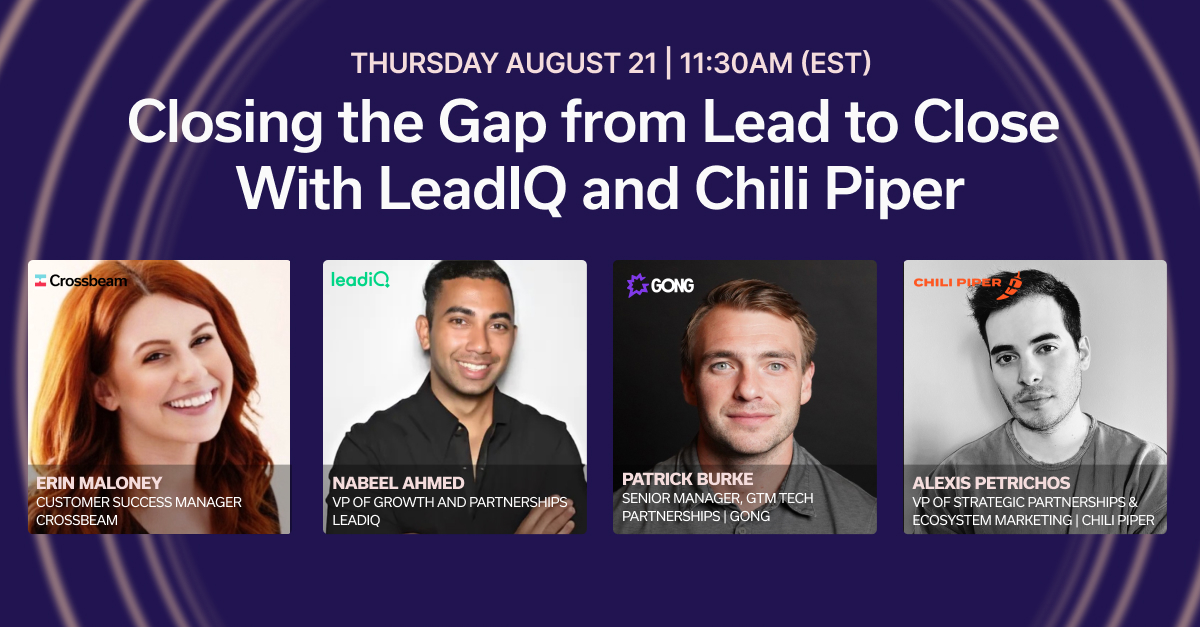

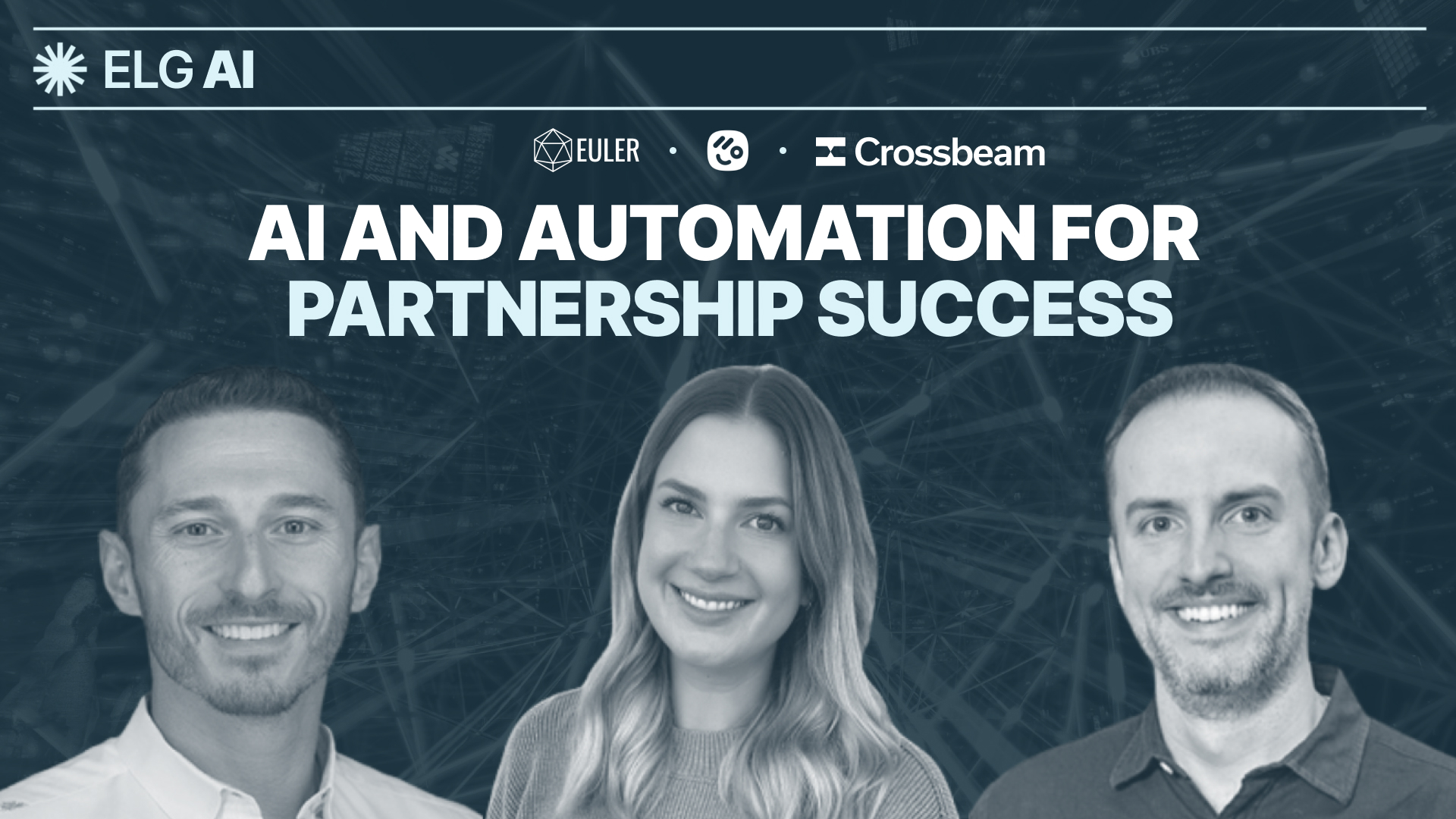
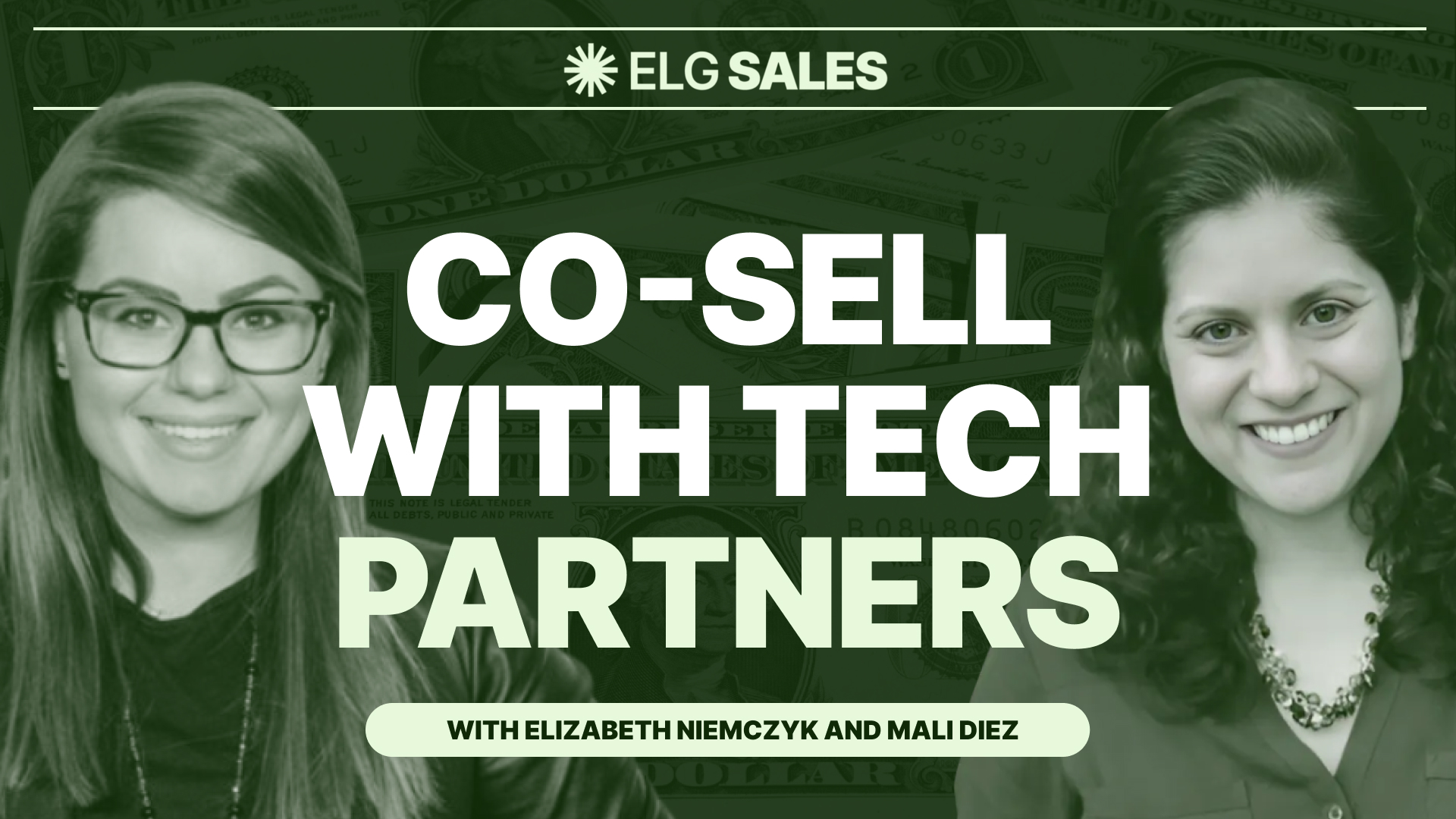






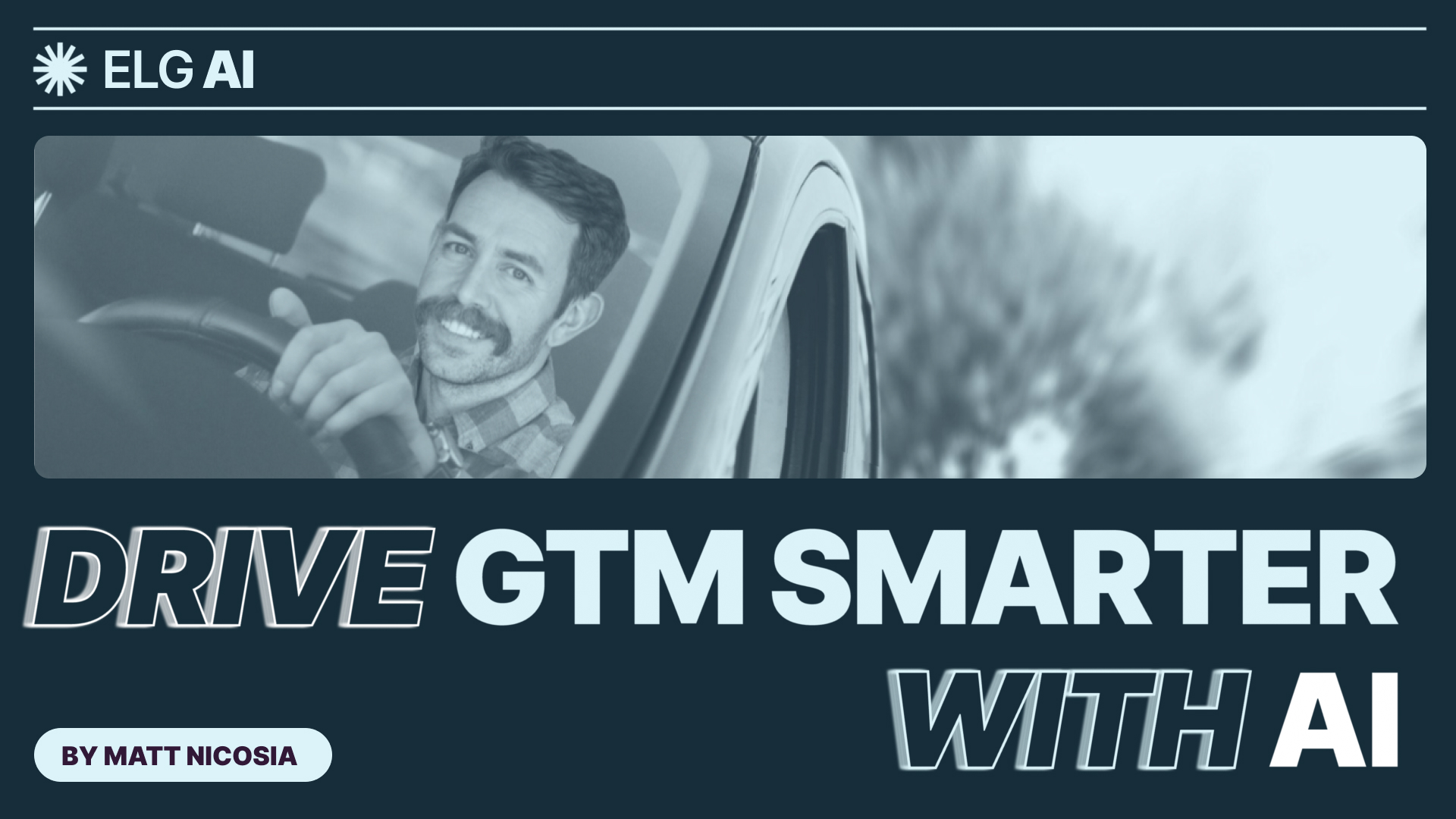




.jpg)




.png)



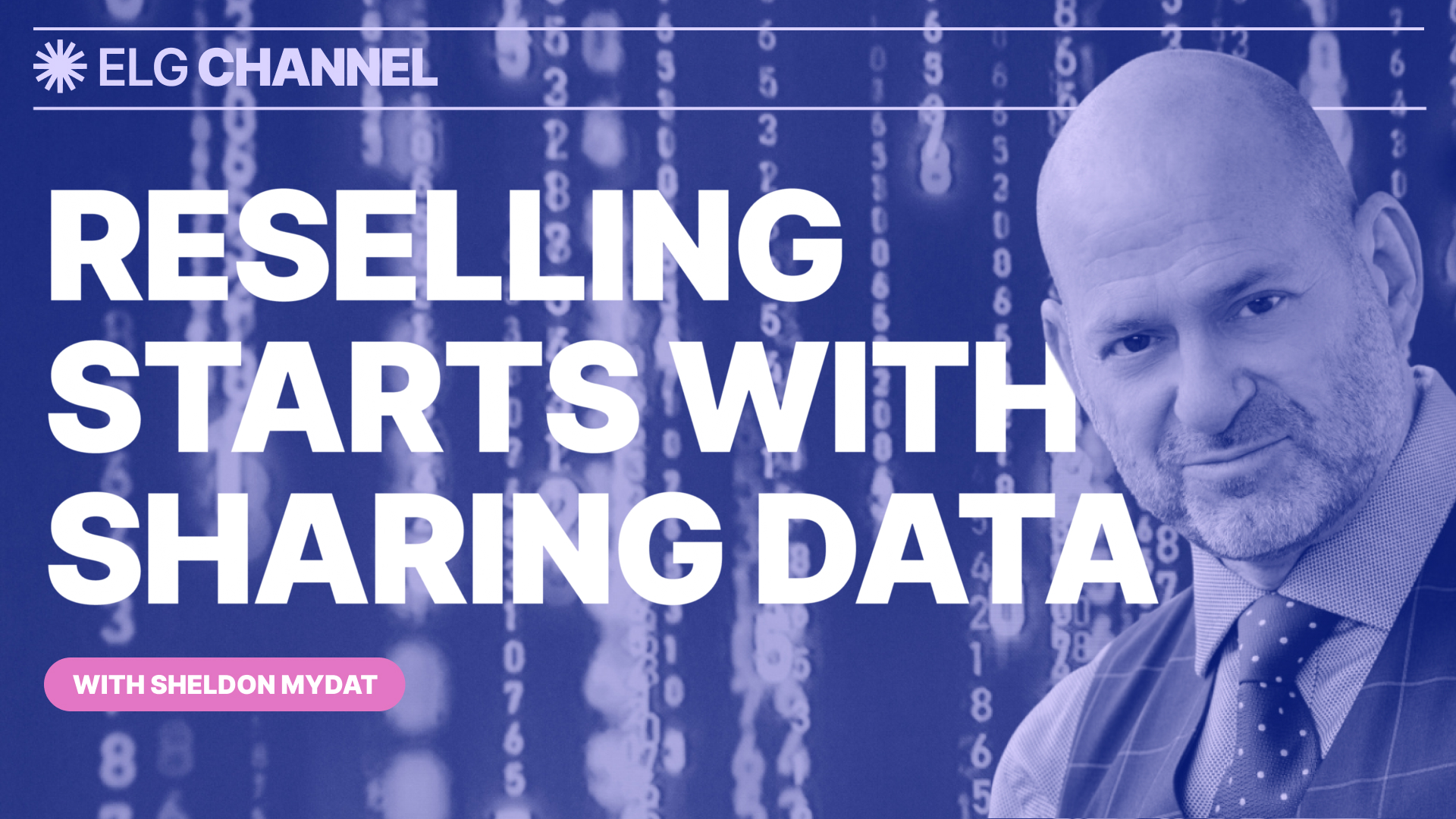


.jpg)





.jpg)

.webp)


















.webp)









